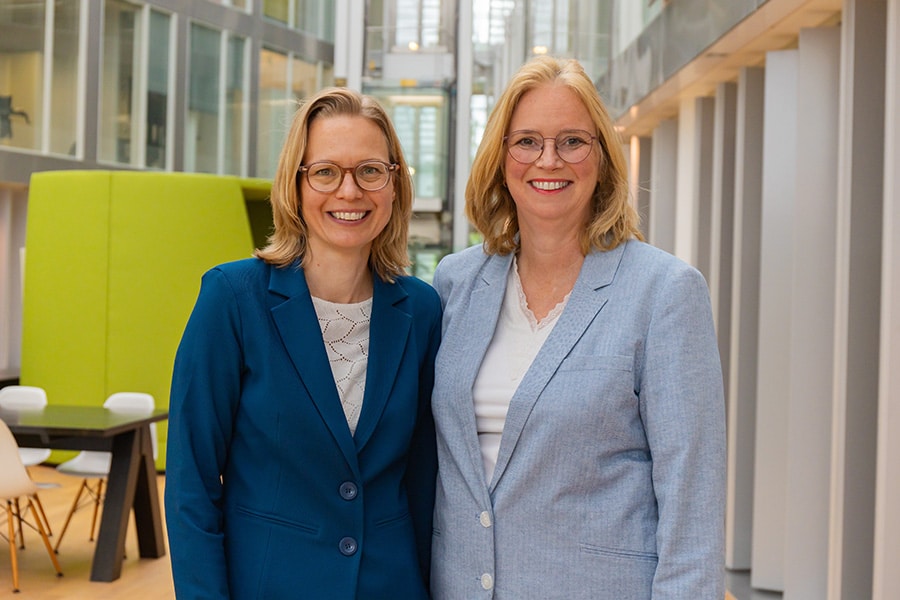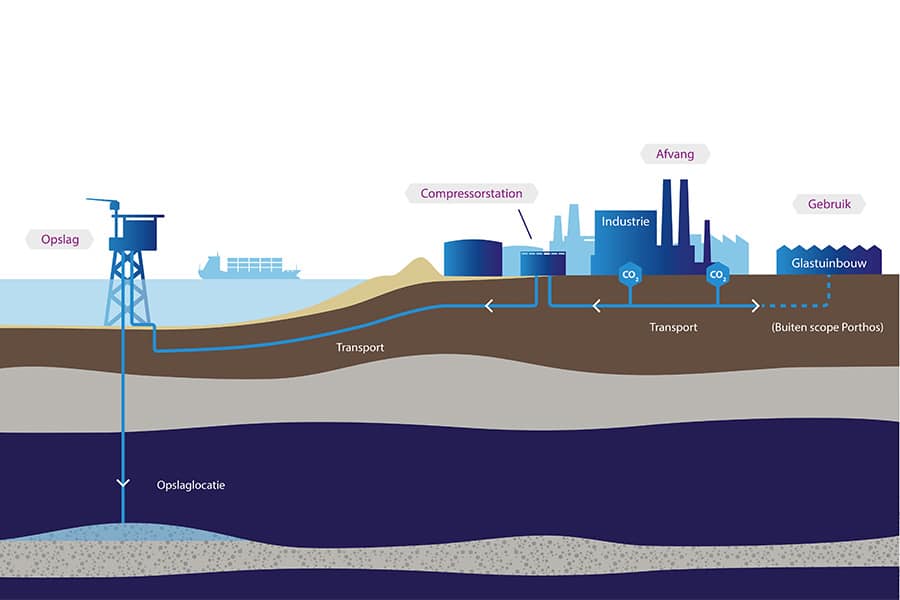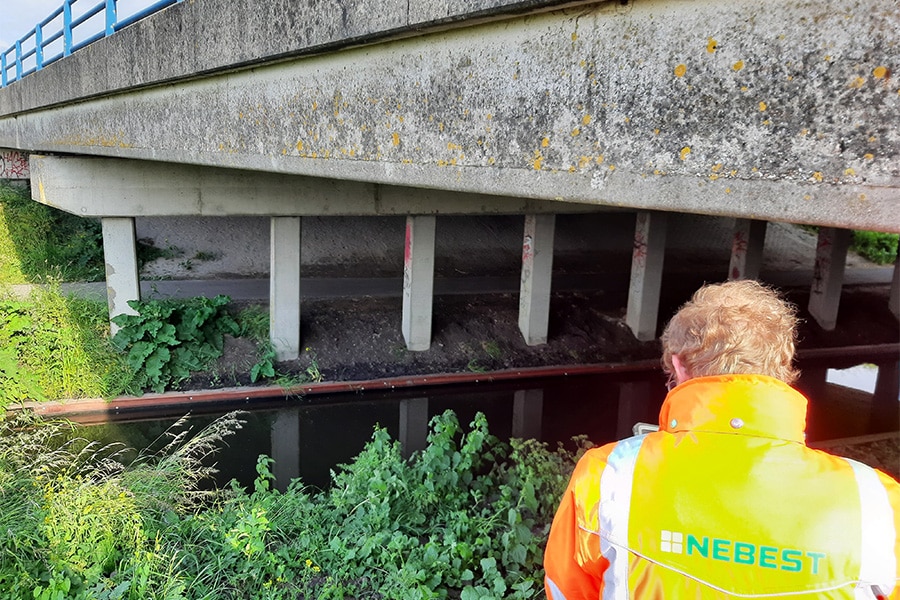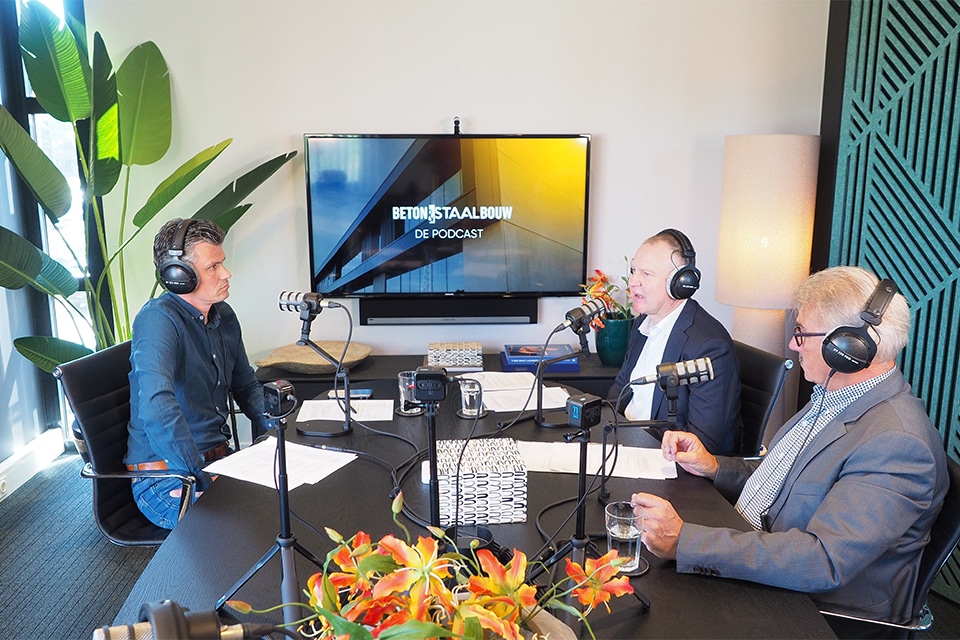
Building Quality Assurance Act presents builders with new challenges
How do you demonstrate that a structure meets the requirements of the Wkb?
In 2022, the Building Quality Assurance Act will take effect. The Wkb should improve the quality of construction projects and strengthen the legal position of consumers. Currently, the quality of building plans is still tested on the basis of the project plan. If this plan meets the quality requirements of the Building Code and the requirements of Spatial Planning, the building permit is issued.
Under the Wkb, however, parties must prove that the completed structure complies with the regulations. A substantial change for competent authority, building contractors and consumer/client.
With the introduction of the Wkb and Omgevingswet, the builder's liability and burden of proof are also adjusted in the Civil Code. If construction work has defects, the builder is liable for them, even after completion. The builder has the burden of proof here. He must be able to prove that he did a good job and is not liable for the damage. The builder, and with him his subcontractors and suppliers, will therefore have to manage this burden of proof well. KOMO certificates and KiK (KOMO instrument for quality assurance) help with this.
Qualified Quality Assurers
In addition, the process of supervision of design and realization of the structure is being privatized. For many structures, for consequence class 1 from July 1, 2022, the supervision of design and realization in accordance with the Building Code will be carried out by qualified quality assurance companies. The quality assurance company is responsible for a risk assessment and assurance plan, which specifies how risk-driven supervision of the realization of the structure will be carried out. In the event of a positive assessment, the quality assurance provider issues a statement that there is justified confidence that the structure complies. "KOMO certificates facilitate this work," says Ton Jans, director of KOMO. "The builder who works with certified products, processes and services no longer has to demonstrate the quality of these. He has his burden of proof in order."

KOMO, an expert party
KOMO (Keuring en Onderzoek Materialen Openbare werken) appears to be the obvious party to deal with the new method of quality assurance in construction. Founded in 1962 under the auspices of VNG and Directors of Public Works, the foundation has since issued more than 400 BRLs and 6,200 quality declarations. Each year, the foundation puts in some 75,000 man-days to establish the quality of products and processes through audits, inspections and tests. Jans: "Assessing quality is in our DNA. If a product or process is KOMO-certified, its quality is expertly, independently and demonstrably proven."
Choosing certified products
"KOMO has already certified an incredible number of processes and products," says Erik-Jan de Bont, KOMO operations manager. "Building contractors and quality assurance companies can benefit greatly from this. For KOMO-certified products, building components, installations and processes, an independent third party has already established the quality. In that case, only the quality of the connections needs to be checked. That makes quality assurance considerably more efficient."
The preparation
De Bont observes that smaller construction companies are slower to prepare for the Wkb, even though they have had little contact with certification. Nevertheless, main contractors will soon require them to take on the liability part for their work and contribute to the dossier construction. "On the Internet, these companies will find how to arrange KOMO certification," De Bont says. "KOMO and KiK can also help with this."
Effective support
As part of KiK, a tool has been developed for anyone dealing with quality assurance, including construction contractors. The KiK tool is a software application that structures and documents potential risks during the construction process, their magnitude and the relevant control measures.
The tool also makes visible what the builder can do to manage the risks and shape the burden of proof. The tool has a direct link to all the assessment guidelines and certificates for products and processes that allow dossier formation - read 'burden of proof' - to be completed efficiently.

Ready-made Wkb sleeve
"Once the Wkb applies, general contractors will need filing throughout the construction chain. Just compare it to a relay tube where everyone puts the burden of proof for their part," predicts De Bont. "Also for housing concepts, KOMO can independently assess the quiver and translate it to the requirements of the Building Code. That inspires confidence." KOMO aims to make the translation for KOMO certificates available in an electronic form (that the market wants).
Construction companies are increasingly delving into standardization and industrialization. With residential concepts, they offer total solutions for housing construction. The demand for housing concepts is highly topical, in part because of the large shortage of housing and the search by clients (especially housing associations) for affordable housing.
Certifying residential concepts
The advent of the Wkb and the changed burden of proof on the builder presents the builder of residential concepts with a new challenge. How does he demonstrate that his concept meets the requirements of the Wkb and the Civil Code (burden of proof)? And how does he keep the costs for the quality assurance contractor affordable? Construction companies that specialize in residential concepts can choose to certify their concept. By doing so, they demonstrate objectively tested and approved quality while managing their proof and quality assurance costs.
KiK helps builders of housing concepts with template in KiK tool
The development of the KiK tool software application is not standing still. Work is underway on the ability to create templates for a building type. These templates are reproducible and can be added to for each subsequent construction project. The advantage is that it makes the phase from planning/assessment, risk assessment to the assurance plan easier and shorter.
A template to which you can link certificates has another advantage: if the housing concept is certified, for example with the KOMO BRL 0904 or 0905, then the tool recognizes this as a management measure and the intensity of supervision by the quality assurance company can be reduced, resulting in a cost reduction. The certificates also fulfill the builder's burden of proof.



